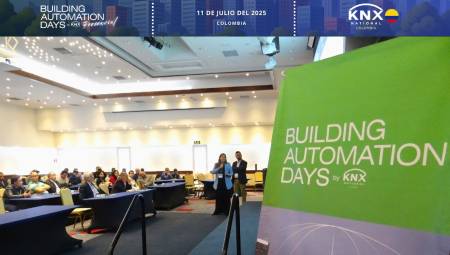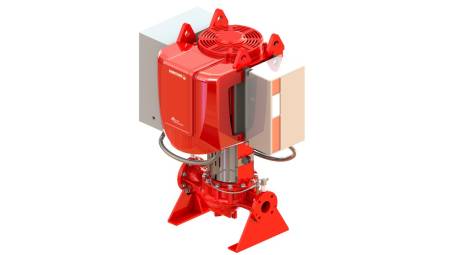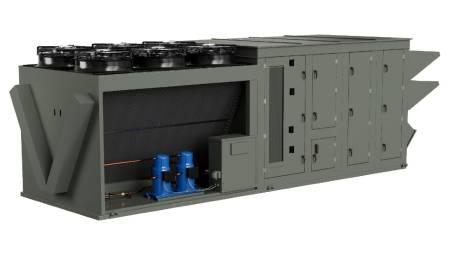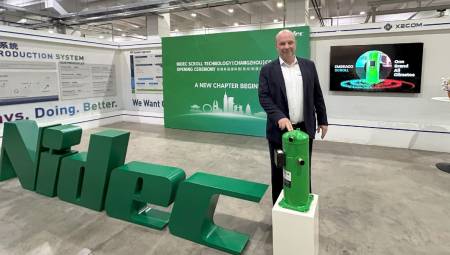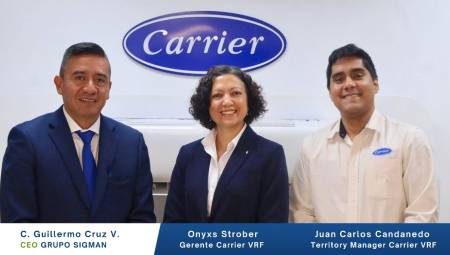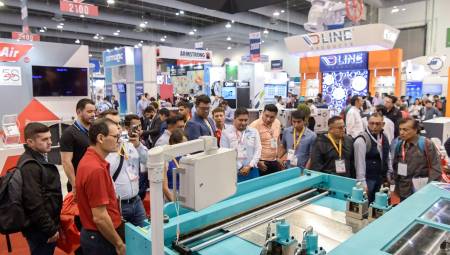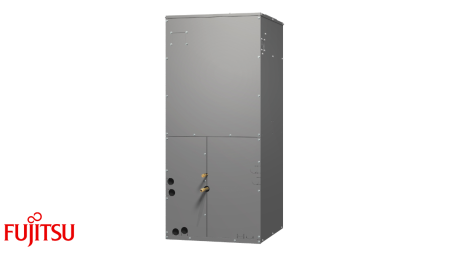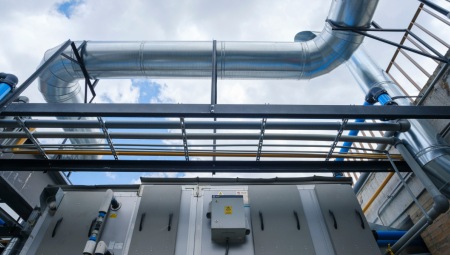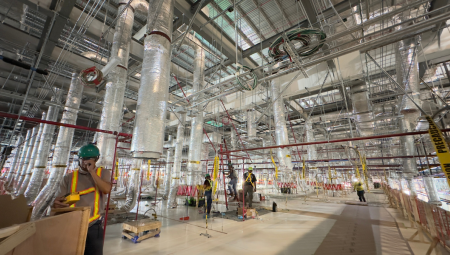 The great challenge within building automation is to achieve effective and simple communication between the different systems that make up an installation. Protocols are a fundamental tool to achieve this and XML an ideal solution for any building regardless of the type of protocol used.
The great challenge within building automation is to achieve effective and simple communication between the different systems that make up an installation. Protocols are a fundamental tool to achieve this and XML an ideal solution for any building regardless of the type of protocol used.
by: Alejandra García Vélez
When talking about the evolution in the protocols used in the building automation industry, it is essential to mention the eXtensible Markup Language (XML). This is a simple, text-based format for representing structured information and was born with the intention of being more appropriate for web use, from an older model called SGML.
XML is a specification that details how to encode information, usually for use in a communications network. What makes XML special is the specific coding built into the IT infrastructure, making it a key component for developing interoperable systems. The difference with BACnet, LonWorks and proprietary systems is that these are complete communications systems, while XML must be combined with other components to offer a solution.
Andrés Szmulewicz, senior designer at Smart Buildings, defined XML as a format for transferring data between computer programs. "XML and other open formats are a way to transfer data between a BAS system that typically speaks automation protocols like BACnet and LonWorks with generic business computing systems that don't speak those protocols, thus allowing the presentation of data such as the level of building consumption, energy expenditure, or the movements of people within the facility."
XML is designed for facilities that have substantial processing power and high levels of broadband communications. This solution is therefore ideal for BAS (Building Automation Systems) installations where Ethernet networks connect to IT systems. Proper use of these standards makes the BAS system compatible with the infrastructure, thus accelerating the integration and use of network-based platforms as part of a distributed system architecture, reducing the cost of entry for multi-site BAS solutions.
The BAS community can take advantage of improvements made to XML for use in operating systems, web servers, document editors, software development, and many other commercial software products, reducing development costs and providing an additional level of interoperability.
The way forward
ACR LATIN AMERICA consulted Jodi Scott, communications manager of ASHRAE (American Society of Air Conditioning, Refrigeration and Heating) for more information on this topic. The official stressed that the importance for the building automation industry lies in the fact that "organizations, businesses and buildings are looking to maximize energy performance; this means optimizing the performance of the building and one of the best ways to do this is through BAS. XML is one of the most natural channels for communication between BAS and proprietary tools."
He added that "most protocols provide a model object and a transport mechanism; To use XML to facilitate BAS-proprietary system communication, you need to express the BAS model object in XML. BACnet and oBIX have tried to achieve this in different ways, each has its advantages and disadvantages as well as its applications in different areas, but the basic idea is that XML is a language used to express BAS concepts in a simple way so that decision-making processes can use that information to optimize the control of the building. "
Since one of the main characteristics and strengths of XML is its potential to relate to the different protocols used in the industry, we investigate this possibility. Scott commented on the use of XML that "I think it is a great help for BACnet because it will allow providers to express large amounts of metadata about their drivers to allow a much richer user experience and that allows the integration of multiple providers. In addition, previously a large amount of this data was unknown, and there was no way to make it known through a frontal interaction with controllers from other manufacturers. Customers who want to can now use data expressed in XML to improve the user experience."
Finally, Jodi Scott indicated by way of conclusion that "XML is another example that open and widely disseminated standards are the best compared to the little visible proprietary technologies"
Box
Some facts
- XML stands for eXtensible Markup Language.
- Development of this format began in 1996.
- XML is becoming the global standard for data exchange, because it is easy for humans to read, descriptive, flexible, platform independent and has wide support.
- XML is not a programming language in itself. Nor is it a protocol. On its own it could be said that it does nothing. However, when data is stored and communicated with text in XML format, programmers get a powerful tool for developing interoperability between applications.
Box
XML and the W3C
XML was developed by the World Wide Consortium (W3C), on the organization's website www.w3c.org you can find complete guides detailing the evolution and implementation of this format.
The organization defines XML as follows "it is a very simple but strict Extensible Tagging Language, which plays a fundamental role in the exchange of a wide variety of data. It is a language very similar to HTML but its main function is to describe data and not display it as is the case with HTML. It is a format that allows the reading of data through different applications. XML technologies are a set of modules that offer useful services to the most frequent demands from users. XML is used to structure, store and exchange information."


